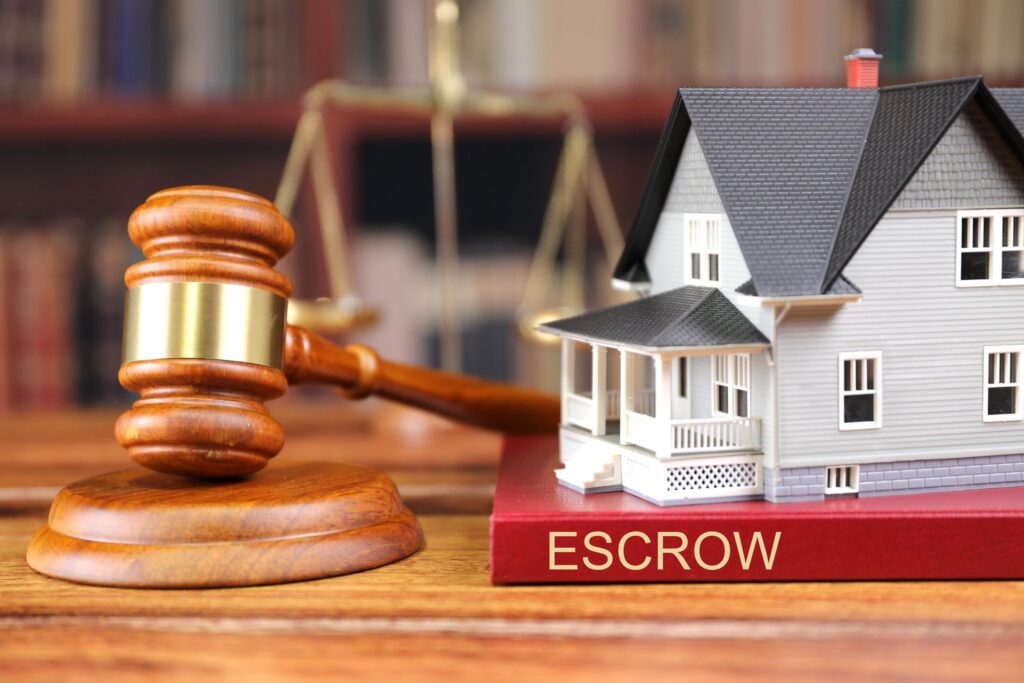In real estate transactions, transferring ownership is one of the most critical processes. Failing to transfer ownership correctly can lead to legal disputes, so the paperwork and procedures involved must be handled with great care. One of the most common methods used in U.S. real estate transactions is the Quitclaim Deed, a document that facilitates the quick transfer of property ownership. However, while it is simple, it requires caution.
In this article, we’ll dive into what a Quitclaim Deed is, when to use it, and the pros, cons, and precautions you should be aware of when using it.

What is a Quitclaim Deed?
A Quitclaim Deed is one of the simplest ways to transfer property ownership. It is a legal document in which the owner of a property relinquishes (or “quits”) their interest or ownership in the property and transfers it to another person. The significant feature of this deed is that it does not guarantee the validity of the owner’s claim. In other words, while it facilitates a quick and easy transfer, the Quitclaim Deed does not warrant that the person transferring the property (the grantor) has valid ownership rights.
When is a Quitclaim Deed Used?
A Quitclaim Deed is often used in situations where there is a high level of trust between the parties, such as within families, or in situations where simplifying ownership transfer is important.
Here are some common scenarios where a Quitclaim Deed might be used.
- Divorce Settlements:
- In the event of divorce, a Quitclaim Deed can be used to transfer joint property to one spouse, allowing them to retain full ownership of a property that was previously jointly owned.
- Family Transfers:
- Parents transferring property to their children often use a Quitclaim Deed to bypass the more complicated and formal procedures of property sales.
- Setting up Trusts or Corporations:
- Individuals may use a Quitclaim Deed to transfer property into a trust or corporation, relinquishing personal ownership while maintaining control within the new legal structure.
- Resolving Ownership Issues:
- If multiple parties have competing claims on a property, one person may use a Quitclaim Deed to forfeit their interest and simplify the legal ownership.
Advantages of a Quitclaim Deed
One of the biggest advantages of a Quitclaim Deed is that it allows for fast and straightforward ownership transfer. It avoids the lengthy legal processes often associated with traditional real estate transactions, saving both time and money. Family transactions and transfers between trusted parties can be handled quickly without the need for a lengthy title verification process.
Additionally, it provides a cost-effective solution for transfers that do not require full legal warranties or verification. For trusted transactions, it simplifies the transfer process, reducing administrative and legal fees.
Disadvantages of a Quitclaim Deed
However, there are significant risks associated with Quitclaim Deeds. The most notable risk is the lack of ownership guarantees. The person transferring the property does not promise that they legally own the property, which could lead to legal problems later. For example, if the grantor does not have valid ownership, the person receiving the property (the grantee) would not have any legal protection under the Quitclaim Deed.
Moreover, the Quitclaim Deed offers no protection against existing claims or encumbrances on the property, such as liens or other third-party claims. If there are unresolved issues with the property, the recipient of the Quitclaim Deed could find themselves in the middle of a legal dispute without recourse to resolve it.
Quitclaim Deed vs Warranty Deed
A Quitclaim Deed is often compared to a Warranty Deed, which is more commonly used in real estate transactions. The main difference is that a Warranty Deed guarantees that the grantor holds valid ownership of the property and that the property is free of any liens or encumbrances. If any issues arise, the grantor can be held legally responsible.
Because the Quitclaim Deed lacks these guarantees, it is generally only used in trust-based transactions, where property ownership verification is not a concern. For most standard real estate sales, a Warranty Deed is considered the safer and more secure option.
Precautions When Using a Quitclaim Deed
If you plan to use a Quitclaim Deed, here are some key precautions to take.
- Title Search:
- Since the Quitclaim Deed provides no ownership guarantee, it’s essential to perform a title search to ensure there are no outstanding liens, mortgages, or claims on the property.
- Legal Advice:
- Given the potential legal risks involved, it’s always a good idea to consult with a real estate attorney or professional to ensure the transaction is valid and that you’re protected in case of future disputes.
- Tax Implications:
- Transferring property through a Quitclaim Deed may have tax consequences, so it’s important to consult with a tax advisor before proceeding.
Conclusion
A Quitclaim Deed offers a simple and efficient way to transfer property ownership, but it comes with inherent risks due to the lack of ownership guarantees. It’s most appropriate for transfers between family members or trusted parties. However, anyone using a Quitclaim Deed should exercise due diligence, including a title search and legal consultation, to ensure the transfer is legitimate and to avoid future complications.
For more formal or standard real estate transactions, a Warranty Deed is generally the preferred and safer method. In any case, careful consideration and professional advice are crucial when dealing with property transfers, especially when using a Quitclaim Deed. Thank you for reading!
Also Read:
https://www.investopedia.com/terms/e/eps.asp
https://www.stockguidebook.com/title-insurance-the-key-to-defending-your/




